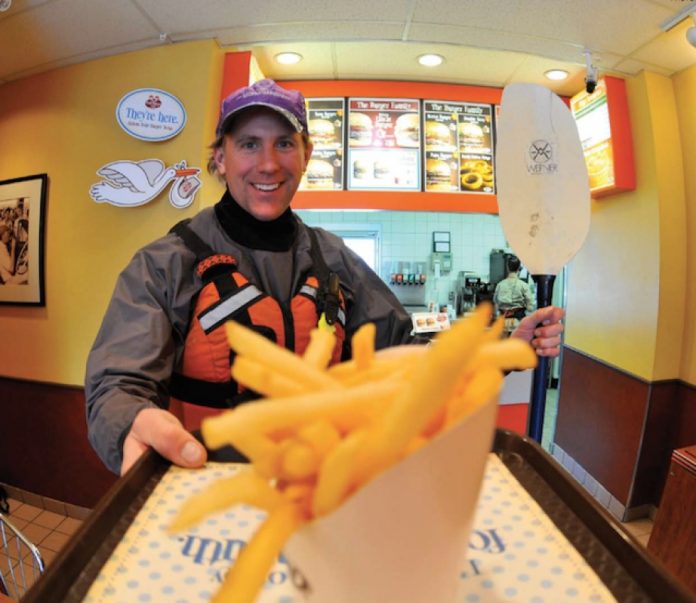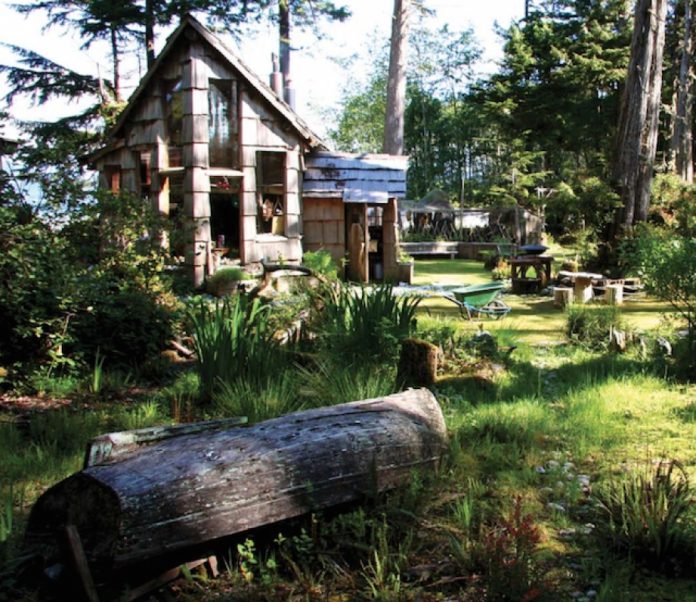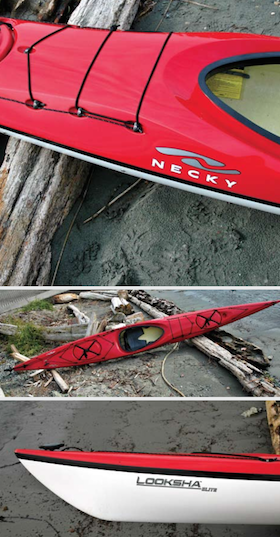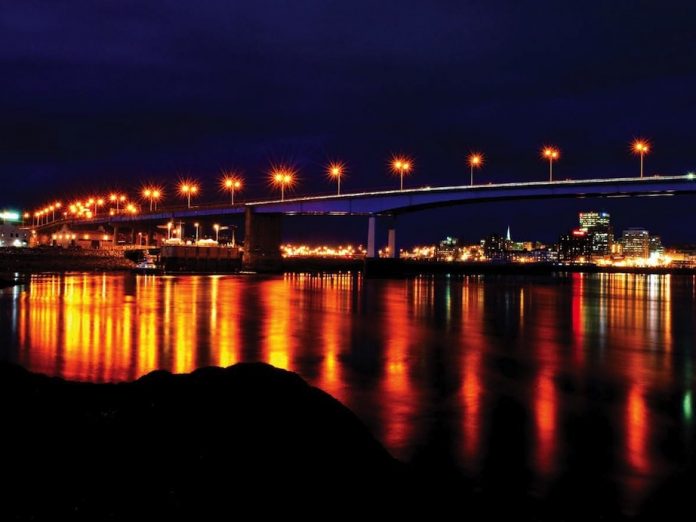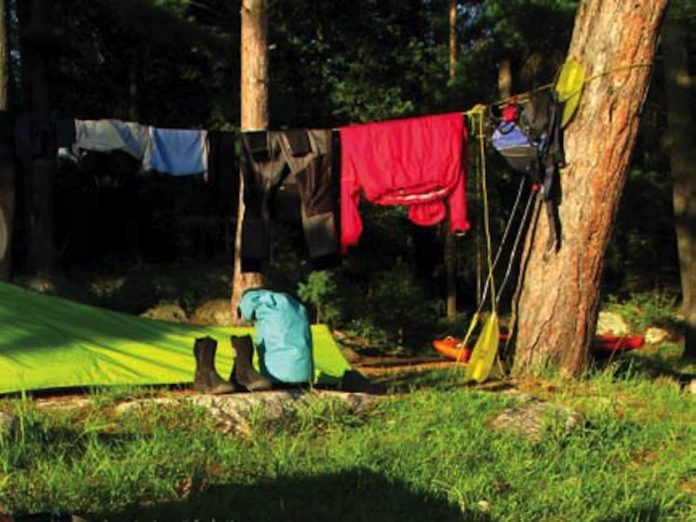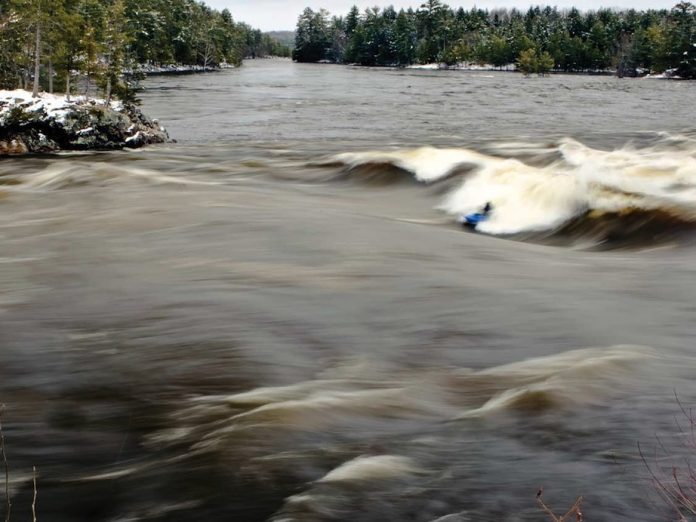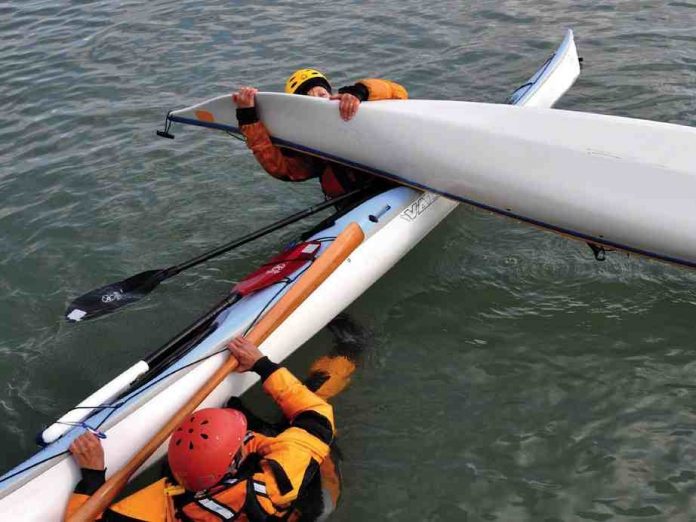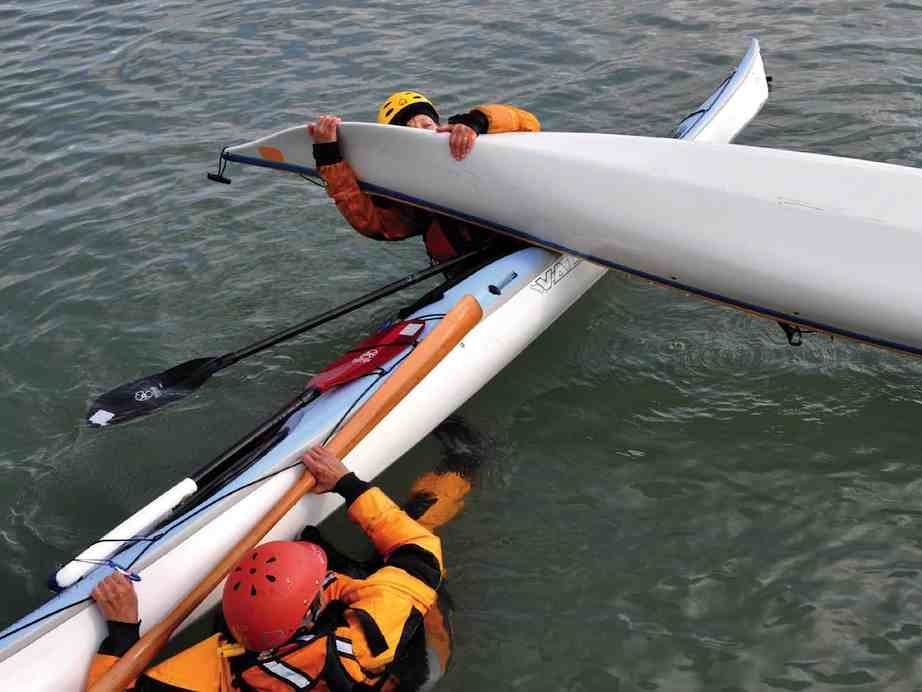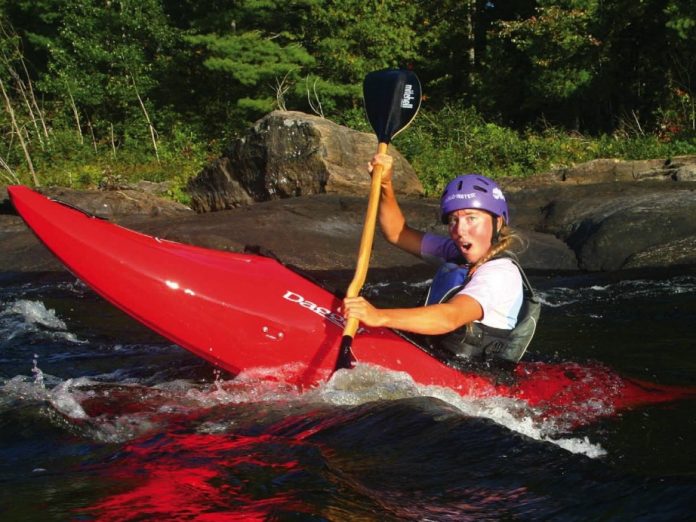Lapses in judgement. We all have them. Even guides.
Most of us have encountered the arrogant guide. Barking orders, muttering insults under his breath and strutting around like a marionette pulled by a manic puppeteer.
With clipped words and patronizing voice he badgers the clients, “This is how we do it. Not like that, like this. Look at mine—right… yours—wrong.” This to a gaggle of surgeons and military personnel, as if holding a paddle correctly is the most life and death challenge they will ever face. As if this morning kayak trip is a grave endeavour on par with perform- ing triple bypass surgery or launching a clandestine raid into enemy territory.
Instead of a relaxing holiday from their over-worked, over-stressed lives the dumbstruck clients are treated to a militaristic drill of every minutia involved in the great pursuit of sea kayaking. The tour is nearly over by the time the group dips their first paddle strokes into the placid waters.
But can you blame us guides? We have some of the coolest, most envied jobs on the planet. It’s no surprise that our heads may swell just a little atop our block-letter-printed “GUIDE” spraydecks. Our judgement about who the clients are, why they’re here and what they want may be off ever so slightly.
Certainly we’ve all witnessed the reckless guide—even the most levelheaded of us may have been one on occasion. Throwing gainers off waterfalls five days into a 14-day wilderness trip. Stepping on the gas pedal in a rapidly ending passing lane while towing a trailer full of boats on the shuttle home. Showing off our très cool to a group of middle-aged clients as if mistaking them for a pack of our Jackass-watching, lewd joke-cracking friends.
Temptation. That’s what does guides in. The temptation of being adventure-seeking individuals plying our livelihoods in a massive natural playground. The temptation of being able to gratify ourselves whenever we please.
Every day we drink from a potent elixir of wil- derness and passion. It’s hard not to have a few too many now and then.
When too many temptations conspire against us, we may become the worst of all offenders—the oblivious guide. Staying out in the waves well past the white-knuckle comfort zone of our clients, waiting for that one last surf. Meeting up with a few other guides on a remote beach and hanging out until 2 a.m. making blue angels around a blazing campfire while our paying customers lie awake (think- ing what, I wonder?) in their nearby tents. Trying to get up the sprayskirt of the cute assistant guide as the group waits, cold and hungry, for their promised afternoon tea.
At its best, guiding is like being in a state of constant arousal but never letting yourself go all the way. Next time I’m out watching a fellow guide succumb to temptation and a lapse of judgement, I’ll do the considerate and understanding thing. I’ll go over and tell him (or her) to zip up.
Virginia Marshall has worked as a sea kayaking guide in Canada and new Zealand. She has never made blue angels on trip.
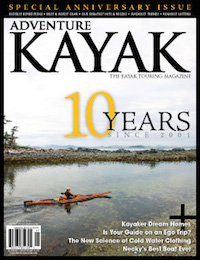 This article first appeared in the Spring 2010 issue of Adventure Kayak Magazine. For more great content, subscribe to Adventure Kayak’s print and digital editions here.
This article first appeared in the Spring 2010 issue of Adventure Kayak Magazine. For more great content, subscribe to Adventure Kayak’s print and digital editions here.




